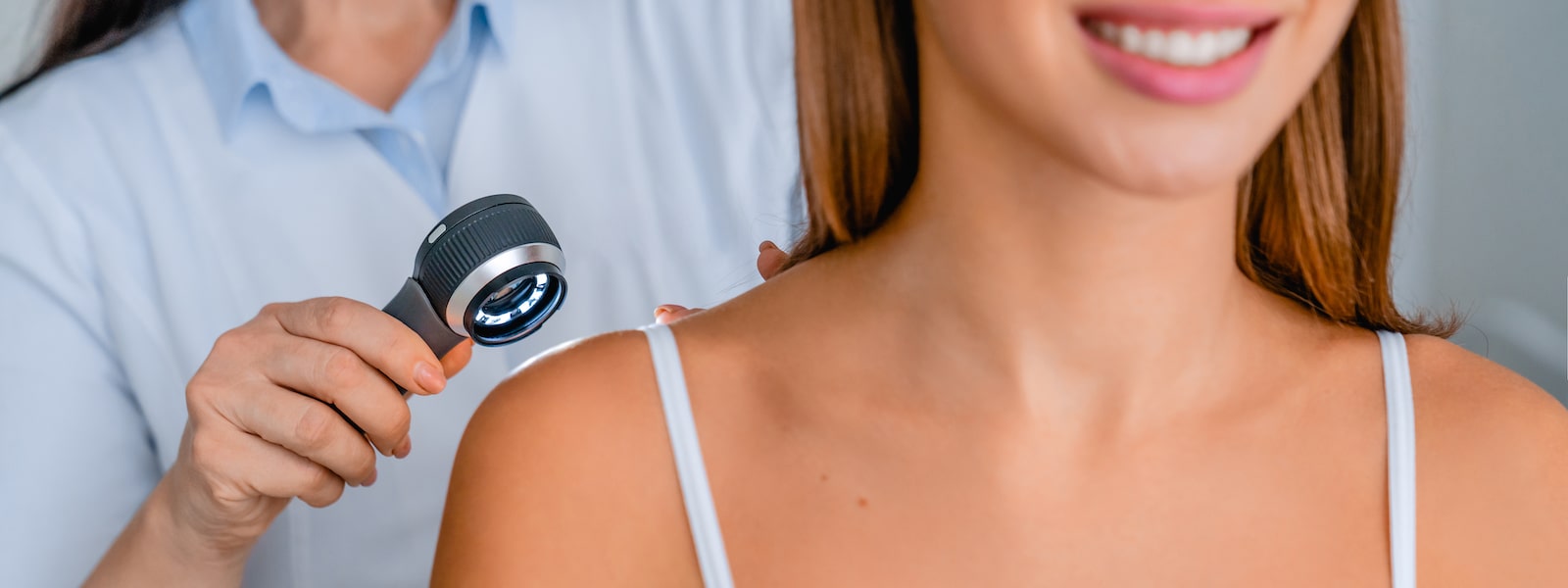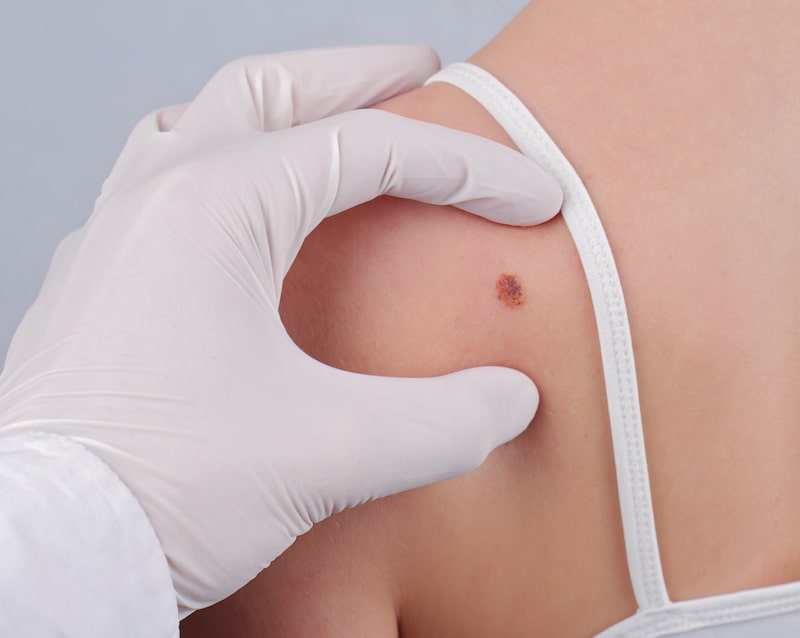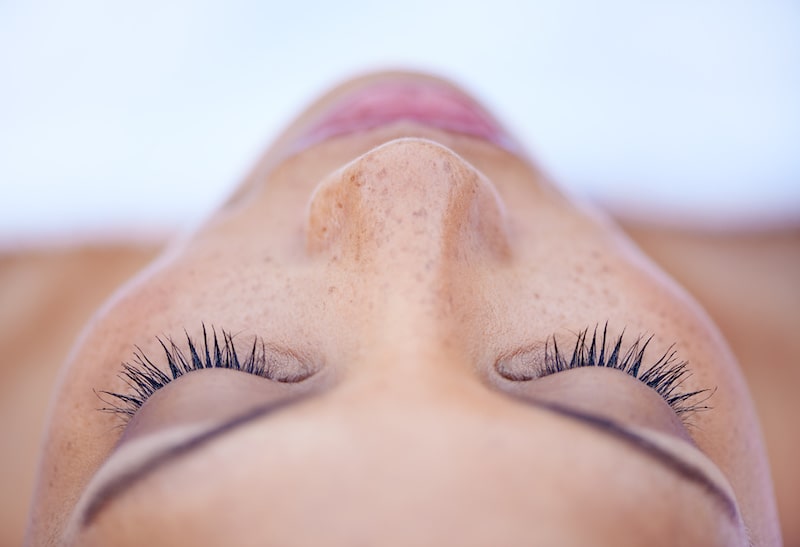
The skin is the largest organ in the body.
Skin cancer is the uncontrolled growth of abnormal cells in the skin.
There are three main types of skin cancers; they are basal cell carcinoma (BCC), squamous cell carcinoma (SCC) and melanoma. BCC and SCC are also called non-melanoma skin cancer or keratinocyte cancers.


The main cause of all types of skin cancer is overexposure to UV radiation. The vast majority (95%) of skin cancers are caused by UV exposure. When unprotected skin is exposed to UV radiation, the structure and behaviour of the cells can change. UV radiation is produced by the sun, but it can also come from artificial sources, such as the lights used in solariums (sun beds), which are now banned in Australia because research shows that people who use solariums have a high risk of developing skin cancer.
Most parts of Australia have high levels of UV radiation all year round even if it cannot be seen or felt. Unlike heat, it is also not related to temperature. It can cause:
Anyone can develop skin cancer, but it is more common in older people. The risk is also higher in people who have:
Red or fair hair and light-coloured eyes (blue or green)
Short, intense periods of exposure to UV radiation, e.g. on weekends or holidays or when playing sport, especially if it caused sunburn
Actively tanned or used solariums
Worked outdoors
A weakened immune system, due to taking certain medicines after an organ transplant (immunosuppressants) or by ongoing blood conditions that affect one’s immune system.
Many moles on their body or moles with an irregular shape and uneven colour (dysplastic naevi)
Previous skin cancer or a family history of skin cancer
Certain skin conditions such as sunspots.
People with olive or very dark skin have more protection against UV radiation because their skin produces more melanin than fair skin does BUT they can still develop skin cancer. Low risk does not mean NO risk, especially if they do not have sun protection measures in place.
This starts in the basal cells of the epidermis. It makes up about 70% of non-melanoma skin cancers. BCC grows slowly over months or years and rarely spreads to other parts of the body. The earlier a BCC is diagnosed, the easier it is to treat. If left untreated, it can grow deeper into the skin and damage nearby tissue, making treatment more difficult. Having one BCC increases the risk of getting another. It is possible to have more than one BCC at the same time on different parts of the body.
This starts in the squamous cells of the epidermis. It makes up about 30% of non-melanoma skin cancers. SCC tends to grow quickly over several weeks or months. If left untreated, SCC
can spread to other parts of the body. This is known as invasive SCC. SCC on the lips and ears is more likely to spread.
This starts in the melanocyte (pigment producing) cells of the skin. It makes up 1–2% of all skin cancers. Although melanoma is a less common type of skin cancer, it is considered the most serious because it grows quickly and is more likely to spread to other parts of the body, such as the lymph nodes, lungs, liver, brain and bones, especially if not found early. The earlier melanoma is found, the more successful treatment is likely to be.
There’s no denying we live in a time when there is enormous pressure to look good. Synonymous with the word “good” is the word “attractive” and “young”. Or young-er. To that end, from a young age, we feel pressure to look a certain way, dress a certain way and sometimes, to have attributes that nature […]
I often get people coming in and asking for filler, afraid it’ll change the way they look, or be too obvious. Most of the time, they underestimate how much they need; occasionally, I get caught out too. Most people don’t want to look like The Real Housewives of Sydney. They don’t want to look fake, […]
| Monday: | By agreement only |
| Tuesday: | CLOSED |
| Wednesday: | 10:00 - 17:00 |
| Thursday: | 10:00 – 18:00 |
| Friday: | 09:00 – 17:00 |
| Saturday: | 09:00 – 15:00 |
Skin Essentials will reopen the week beginning 11th October 2021.
Per NSW government regulations, only double vaccinated patients will be served when we reopen and we will be checking vaccination certificates for all patients upon booking. This requirement may change as of December 1st, and we will advise you accordingly.
Please email us (contact@skinessentials.com.au) or text us (0413174654) your vaccination certificate as soon after booking as you can. We will not be able to see anyone for treatments or confirm appointments without this.
In the interest of full disclosure, transparency and patient safety, all patient facing staff will be fully vaccinated by the time of reopening. Please read our reopening FAQ for more information.